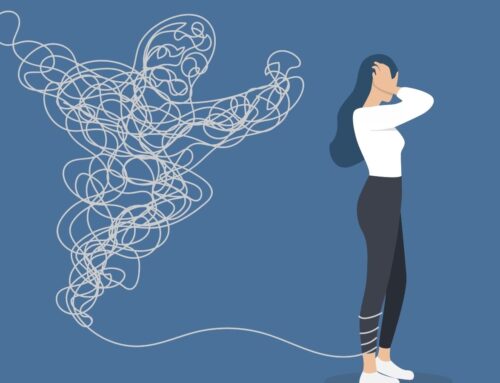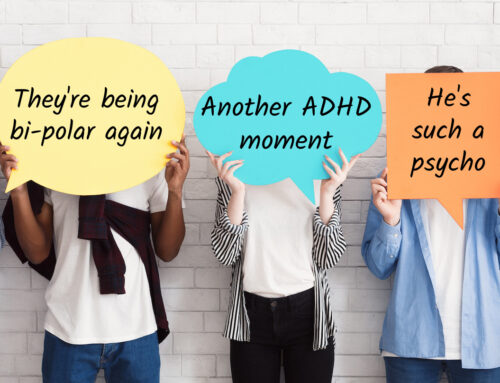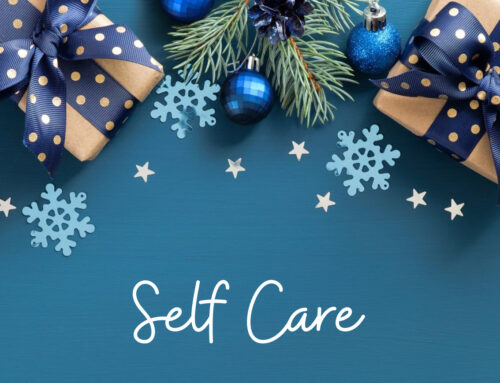It’s More Than Winter Blues — How to Spot S.A.D. in Your Kid.
By GP Staff
The days are getting longer! Spring, eventually, will replace the whipping winds of winter with a warm, balmy breeze. But while we wait for the temperatures to climb, most of us will experience some form of the winter blues. For parents with teenage children living at home, it’s important to make sure your child’s winter blues aren’t actually Seasonal Affective Disorder.
Seasonal Affective Disorder, aptly going by the acronym S.A.D., is a kind of recurrent depression that comes each year with the colder, darker months of fall and winter. It affects about 6% of children and teens aged 9-19. Unlike its more mild cousin the winter blues, S.A.D. causes changes in behavior, personality, and thought that can deeply interfere with one’s quality of life. Its symptoms include:
- Increased isolation
- Increased sleep and fatigue
- Decreased socializing
- Decreased desire to be outside
- Low mood, apathy, and/or crying
- Changes in appetite
The pandemic created a ripe environment for these symptoms to go unnoticed.
The pandemic makes it much trickier to identify if your child is exhibiting signs of S.A.D.. For very understandable reasons, you might be unaware that your child is sleeping more, isolating, or having a fall out with their friends. Here are three signs of S.A.D. and the pandemic-driven reasons you might miss them.
- Sleeping more.
If online classes are taken in the bedroom, kids can wake up, open their laptops, log into their Zoom class sessions, and turn their videos off. Then, they can crawl back to sleep.
- Increased isolation.
After spending nearly a year crammed together under one roof, you feel compassionate and understanding of your child’s need for alone time. This can make it tough to pinpoint exactly when a healthy amount of “alone time” begins to slip into the more dangerous habit of “isolating.”
- Decreased socialization.
It’s hard to detect a lack of social activity because, these days, all forms of activity are virtual. This means that when you see your child online, you don’t know whether they’re connecting with friends or mindlessly scrolling through TikTok videos or Pinterest.
If you get the hunch that your child might be experiencing S.A.D. …
Georgetown Psychology’s Patricia Dean, LCSW, suggests taking these three next steps.
- Look at habits.
Sleep, nutritional variety, social well being, exercise, and outdoor time greatly impact one’s psychological state. Ask yourself if you think your child is getting adequate amounts of each.
- Ask your kid their thoughts!
It’s so easy to overlook this one. Before making up your mind that something is off, ask your child how they feel about their daily routine. Be mindful to validate their experience as true and take the role of the eager listener.
- See a doctor.
Bloodwork can rule out vitamin deficiencies or hormonal abnormalities that cause symptoms similar to S.A.D.’s, such as anemia, a lack of iron in the blood, or hyperthyroidism, in which the body’s hormone regulator is haywire.
The good news is that S.A.D. is well studied.
Interventions exist and can tremendously benefit anyone struggling with S.A.D. after it’s been identified.
- Schedule an appointment with a therapist right away.
An experienced therapist can help your child set up daily routines that work for them and align with their goals. Our therapists are trained to use techniques, such as motivational interviewing and cognitive behavioral therapy, that prompt your child to investigate their thoughts and behaviors. These techniques are proven to help those who engage with them to build lasting healthy habits while understanding why those habits matter.
- Include outdoor time, every single day.
“Getting out is seriously the most important thing you can do,” says Dean. She suggests finding a COVID-safe way to be outdoors for at least 15-minutes every day. Fresh air has a fleet of depression-fighting benefits. If possible, try to include the faces of real, non-virtual, other humans in the outdoor time — even if they’re just passing faces on the street. If your child is struggling to get outdoors, considering adding a four-legged member to the family!
- Get a happy lamp.
Can you bottle up sunshine? The answer is yes. When you plug in a light therapy box, it emits a bright light nearly 100 times brighter than your average ceiling bulb. These lamps don’t work for everybody, for some, they work as effectively as antidepressants.
- Keep up with the routines.
Routine helps, but be mindful that for older kids, it’s important to give them ownership. Set a wake up time and a bedtime. If your child is older, skip the bedtime and talk about the science behind keeping technology out of the bedroom after a certain hour. Have meals outside of the bedroom. Schedule a daily 15-minute check-in time during which your child must be in someone else’s presence, even if they are silently on their laptop — anything to break the isolation habit.
If your child is, indeed, struggling with S.A.D., seek out resources as soon as possible. The more support they have, the healthier, happier, and more resilient your child will become. S.A.D. is, by nature, recurring. But trained for the battle and with the right habits in place — your kid will come out on top, winter after winter.






